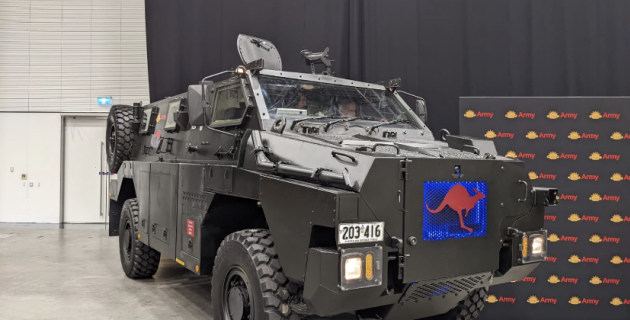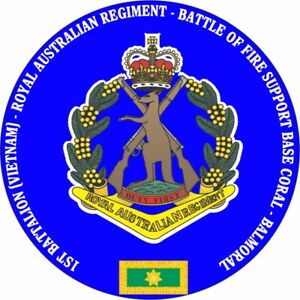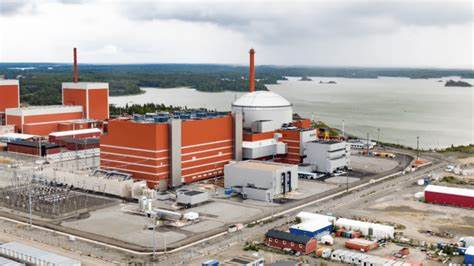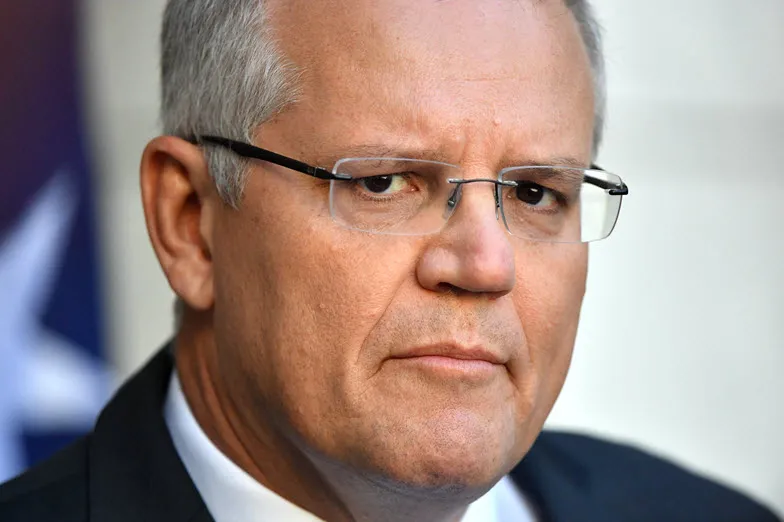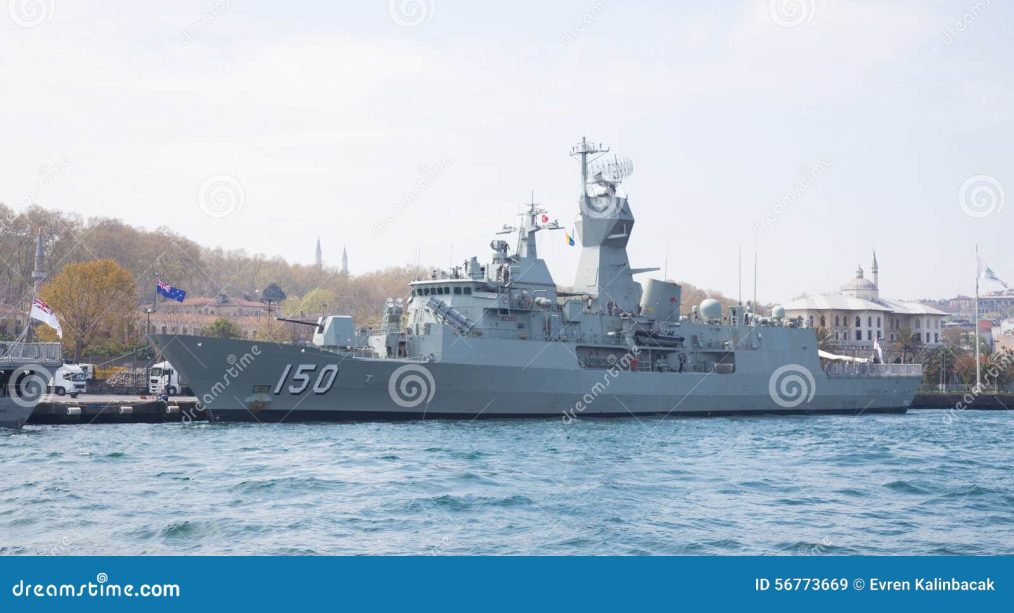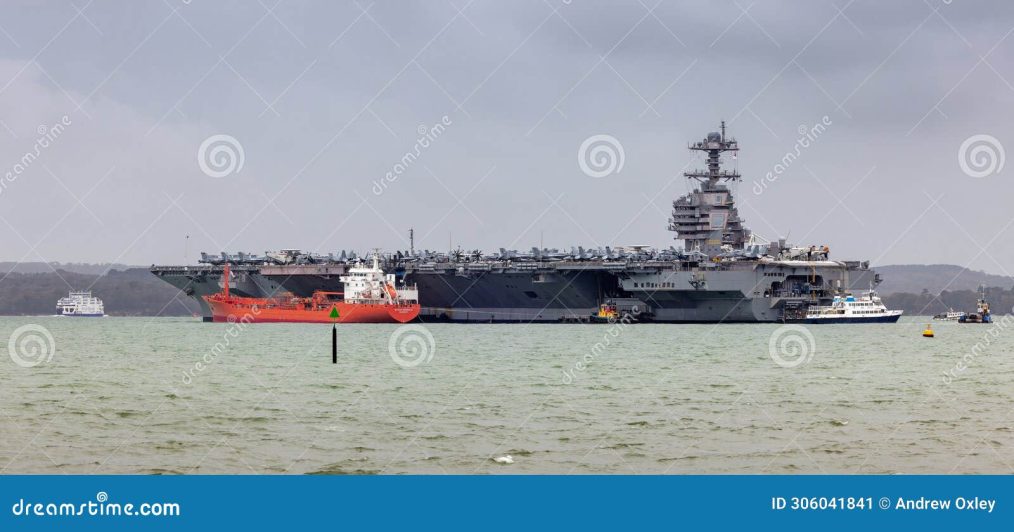Page 97 of the budget kept me awake at night, and is a stain on Morrison’s legacy
Shane Wright – May 20, 2024 – Brisbane Times
brisbanetimes.com.au/politics/federal/page-97-of-the-budget-kept-me-awake-at-night-and-is-a-stain-on-morrison-s-legacy-20240520-p5jexd.html
There are tens of thousands of pages to the federal budget. But a single paragraph on page 97, which could easily have been missed, demands to be read and understood by all Australians.
It shows a decision by the Albanese government to fix a situation left by its predecessors that is beyond comprehension, and a stain on the Morrison government’s legacy.
Summary of the article – By Ray Payne – May 21, 2024
The article by Shane Wright offers a critical examination of how the Morrison government handled veterans’ affairs, shedding light on significant systemic failures that left many veterans without timely support. Wright’s commentary reveals a $6.5 billion funding increase for veterans over the next five years, largely due to improved claims processing resulting from increased staffing. This allocation, while a necessary corrective measure, also highlights the deficiencies of the previous administration.
Wright traces the roots of these issues back to 2018 when then-Prime Minister Scott Morrison acknowledged the struggles faced by veterans but failed to effectively address the processing of their entitlement claims. By 2023, the backlog was staggering, with nearly half of the claims unprocessed and an average wait time of 435 days. The term “delay, deny, die,” used within the veterans’ community, encapsulates the tragic reality of the system’s inefficiency.
The situation reached a critical point in March 2022 when Andrew Gee, the Veterans’ Affairs Minister at the time, threatened to resign unless additional funds were allocated to clear the backlog of 60,000 unallocated cases. Despite some staffing increases, the problem persisted, revealing the deeper issues within the Department of Veterans’ Affairs.
The incoming Labor government, recognizing the severity of the situation, took swift action. They consulted with previous veterans’ affairs ministers to understand the historical context and implemented substantial staffing increases to address the backlog. This proactive approach has led to significant improvements, with the backlog reduced to 2,569 cases and the average processing time decreased by 62 days.
Wright underscores the inefficiencies created by the previous government’s reliance on labour hire companies and short-term contracts, which led to high turnover and inadequate training of staff. The switch back to permanent public service employees has markedly improved the department’s efficiency.
The article also critiques Opposition Leader Peter Dutton’s comments about the increase in public servants, pointing out the necessity of these roles in supporting veterans. The narrative Wright presents is not just a critique of past failures but also a recognition of the efforts made by the current government to rectify these issues without politicizing the matter.
In summary, Wright’s article is a poignant commentary on the bureaucratic and political mishandling of veterans’ affairs in Australia. It highlights the significant progress made by the current government while serving as a reminder of the ongoing challenges faced by veterans and the need for continued support and reform.

